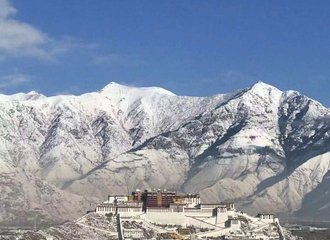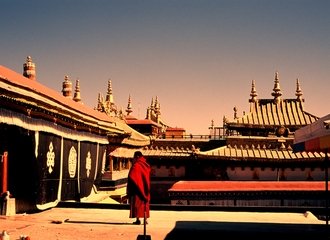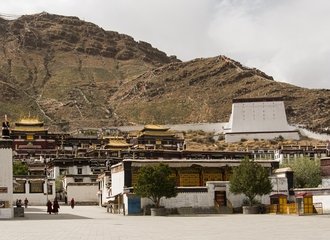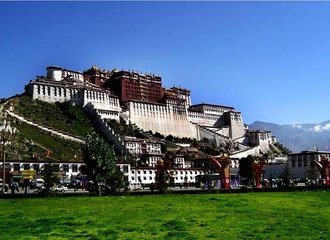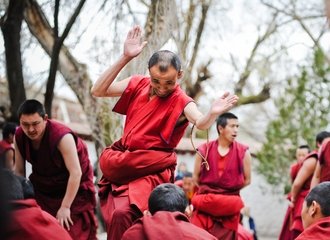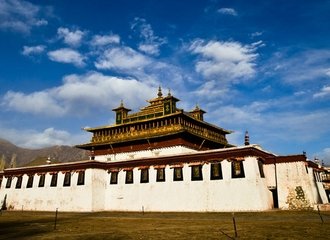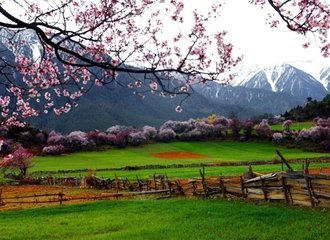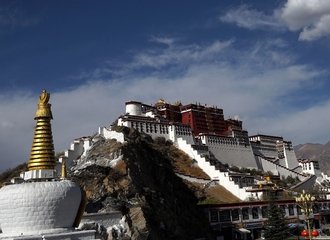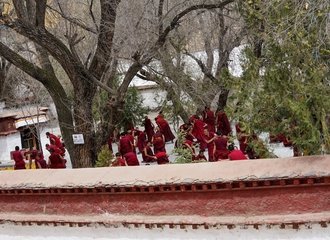The Secret of Beijing Hutongs
What makes Beijing lost in its time? Hutong is the real local Beijing culture and stands for Beijing's heart. Hutong culture shows particular residents' real life in Beijing. However, many Hutongs in Beijing are disappearing. Why not have a Hutong tour to find the secret about the Hutong?
What are Hutongs
Hutongs are a distinctive feature of Beijing's urban landscape, consisting of narrow alleys or streets formed by lines of traditional courtyard residences known as Siheyuan. "Hutong" originates from Mongolian, meaning 'water well', indicating a community gathered around a well. These alleys have been an integral part of Beijing's city structure since the Yuan dynasty, offering a glimpse into the city's living history.
Brief Overview of Their Cultural and Historical Significance
Beijing Hutongs are more than just physical spaces; they represent the heartbeat of old Beijing, encapsulating the social and cultural ethos of the city's residents over centuries. Historically, the layout of Hutongs, often maze-like, signified the community-centric lifestyle, fostering close-knit relationships among neighbors. Culturally, they have been the custodians of traditions, local customs, and grassroots activities. Despite modernization pressures, Hutongs continue to be a symbol of Beijing's historical continuity, housing stories of the city's past, reflecting the everyday life of its people, and contributing significantly to the city's unique identity. As living museums, they offer an invaluable window into Beijing's rich heritage and the evolving narrative of its urban development.

Historical Journey Through Hutongs
The Origin and Evolution of Beijing Hutongs
The story of Hutongs dates back over a thousand years, with their origins deeply rooted in the Yuan dynasty (13th century). The rulers of the Yuan (元) Dynasty wanted to manage people in Beijing according to social classes, so they divided areas into many districts residential and almost around the palace. Hutong appeared between residential to distinguish different houses, also known as alleyways. The Hutong go back to about 800 years in history. Nowadays, Hutongs are located inside the main areas in Beijing. Inside Hutong, residents who live in the Hutong walled courtyard are accustomed to chatting with their neighbors and buying their necessities. Hutong is like small micro-communities this is Hutong culture inside Beijing that makes people feel warm.
Architectural Styles and Influences Over Time
In general, Hutong runs east-west. As for many architecture in China, people always make houses facing south to get more sunshine. Hutong hence the reason to be located. There are many different types of Hutong: wider or narrower, longer or shorter. People have lived in Hutong walled courtyard for many years and generations because they want a stable life. Similar to Hutong's name which hasn't changed, different Hutong with its unique name has been used until now.
Hutongs are renowned for their unique architectural style, characterized by the Siheyuan traditional courtyard homes. This architectural form mirrors the Chinese philosophy of balance and harmony, with houses constructed around a central courtyard. Over the centuries, architectural elements from various dynasties have seeped into Hutong structures, reflecting a blend of cultural and aesthetic influences. The intricate wooden carvings, ornate gateways, and the harmonious alignment with nature, all narrate the architectural evolution that Hutongs have witnessed.
Hutongs During Different Chinese Dynasties
Each Chinese dynasty left its mark on the Hutongs, shaping their structure, distribution, and cultural significance. During the Yuan dynasty, Hutongs were systematically planned, aligning with the social order of the time. The Ming dynasty saw an expansion in their number, reflecting population growth and urban development. In the Qing dynasty, Hutongs became denser and more intricate, symbolizing the complex social hierarchies and vibrant urban life of Beijing. Despite the sweeping changes of modern times, Hutongs have retained their historical charm, continuing to offer a captivating glimpse into the city's illustrious past and resilient spirit.
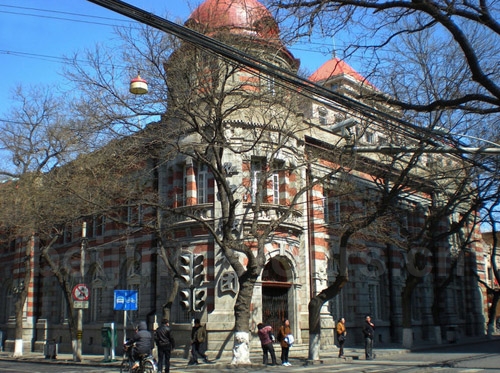
Exploring Hutongs in Beijing
Key Locations and Famous Hutongs
Nanluoguxiang
Nanluoguxiang is one of Beijing's oldest and best-preserved Hutong areas, boasting a history of over 800 years. This bustling lane is not only a haven for history buffs but also a vibrant spot for modern-day leisure, lined with quaint shops, cozy cafes, and traditional teahouses. As you stroll through this alley, the blend of ancient architecture and contemporary culture offers a unique glimpse into the multifaceted character of Beijing.
Yandaixie Street
Often referred to as 'Skewed Tobacco Pouch Street', Yandaixie is one of the most picturesque Hutongs, known for its charming, tilted shape resembling a tobacco pouch. This street is steeped in history and culture, offering an array of traditional handicraft shops, local snack stalls, and souvenir spots, making it a perfect place to immerse yourself in the local lifestyle and pick up some unique mementos.
Other Notable Beijing Hutongs
Beyond these, Beijing is dotted with numerous other Hutongs, each with its own story and charm. Places like the Shichahai area, Guozijian Street, and Wudaoying Hutong are worth exploring for their rich cultural ambiance, historical significance, and vibrant street life. These lanes are quieter but equally enchanting, offering a more intimate glimpse into the daily life of residents.

Map and Guide to Navigating Hutongs
Navigating the labyrinthine Hutongs can be a delightful adventure. For tourists, it's advisable to use a detailed map or a reliable GPS application to explore these alleys. Many Hutong areas are pedestrian-friendly and best explored on foot or by renting a bicycle, allowing you to meander at your own pace and discover hidden gems along the way. Guided tours, often led by locals, are also available and offer insightful narratives about the history and culture of these historic lanes. Remember, each Hutong has its own story, and taking the time to explore these pathways can offer a truly immersive experience into the heart of old Beijing.
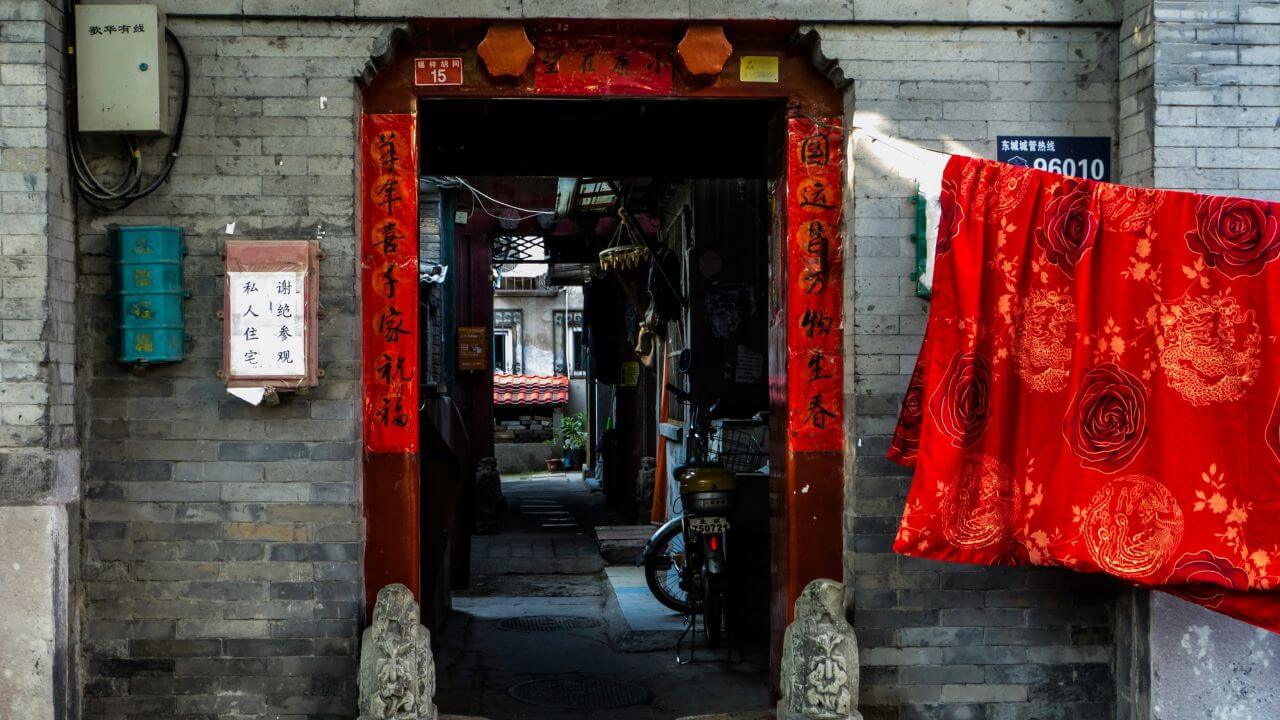
Must-Visit Spots for Hutong Travelers
Cultural and Historical Landmarks
Beijing Hutongs are treasure troves of cultural and historical landmarks. The Bell and Drum Towers, standing as the timekeepers of ancient Beijing, offer a panoramic view of the city and a glimpse into its historical timekeeping traditions. The Prince Gong Mansion, nestled in a Hutong, showcases imperial architecture and luxurious gardens, illustrating the opulence of bygone eras. Don't miss the chance to witness local opera performances or traditional tea ceremonies that often take place in these historical settings.
Local Eateries and Street Food
A culinary adventure awaits in the Hutongs, where local eateries and street food stalls offer an authentic taste of Beijing's rich gastronomy. Savor traditional dishes like Peking Duck, and Zhajiangmian (noodles with soybean paste), and snack on street foods like Jianbing (Chinese crepes) and Tanghulu (candied fruit). Each bite not only satiates your hunger but also offers a taste of the local culture and lifestyle.
Shops and Markets for Souvenirs and Handicrafts
Hutongs are the perfect place to hunt for souvenirs and handicrafts that encapsulate the essence of Beijing's culture. Explore the many shops lining the alleys for items like silk, tea, traditional Chinese knots, and hand-painted fans. The bustling markets also offer antiques, jade pieces, and cultural memorabilia, making them a paradise for souvenir hunters and those looking to take a piece of Beijing's heritage back home.
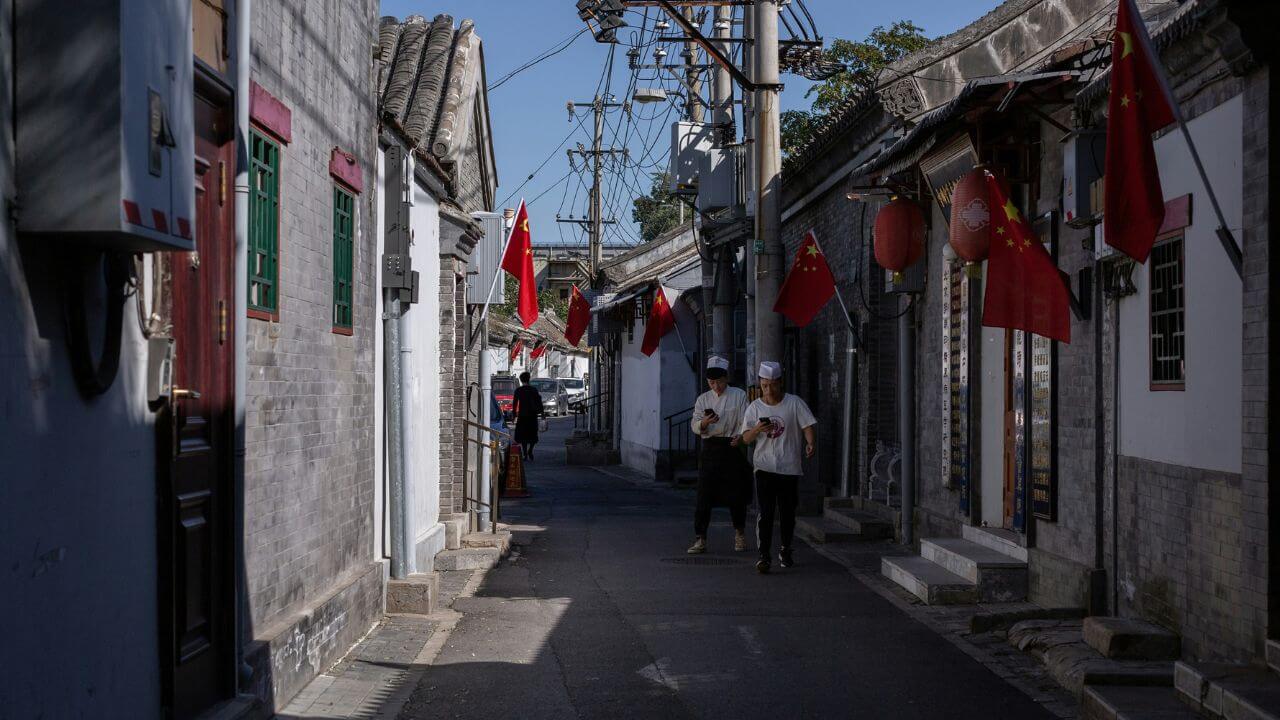
Navigating to and Around Hutongs
Transportation Options to Hutongs
Getting to Hutongs is convenient thanks to Beijing's extensive transportation network. The subway is a reliable option, with several lines stopping near major Hutong areas. Taxis and ride-sharing services offer direct access to specific Hutongs. For a more local experience, consider taking a rickshaw, which not only provides a unique mode of transport but also supports the local economy.
Tips for Walking and Cycling Tours
Walking or cycling through Hutongs is the best way to absorb the local atmosphere. Rent a bike or join a guided cycling tour to navigate these alleys efficiently while enjoying the scenic views. When walking, wear comfortable shoes and be mindful of the narrow and sometimes crowded pathways. Always carry a map or a GPS-enabled device to find your way. Most importantly, respect the privacy and lifestyle of local residents, keeping in mind that Hutongs are not just tourist sites but also beloved homes.

Experiencing Local Life
Visiting a Hutong Family
Immersing yourself in the local culture often starts with a visit to a Hutong family. Many families open their traditional Siheyuan homes to visitors, offering a rare glimpse into their daily lives. Such visits often include sharing a homemade meal, learning about the family's history, and understanding the layout and significance of their courtyard home. It's an intimate experience that highlights the warmth and hospitality of Beijing's residents, allowing for genuine cultural exchange.
Participating in Daily Activities and Traditions
Participating in the daily activities and traditions of Hutong residents offers an authentic slice of life in these historic neighborhoods. Engage in morning Tai Chi sessions in the local parks, or join in the communal games of Chinese chess played in the alleys. Many Hutongs also hold workshops where you can learn traditional crafts such as paper cutting, kite making, or calligraphy. These activities not only provide entertainment but also deepen your appreciation for the local culture and heritage.
Insights into Community and Lifestyle
Life in the Hutongs in Beijing revolves around a strong sense of community and a slower-paced lifestyle. As you wander through the alleys, observe the residents engaging in their daily routines – chatting with neighbors, buying fresh produce from local vendors, or simply enjoying the tranquility of their courtyards. Notice the unique blend of communal living with individual privacy, and the harmonious balance between preservation of tradition and adaptation to modern life. These insights into the community and lifestyle of Hutong residents offer a valuable perspective on the enduring charm and resilience of these historic neighborhoods.
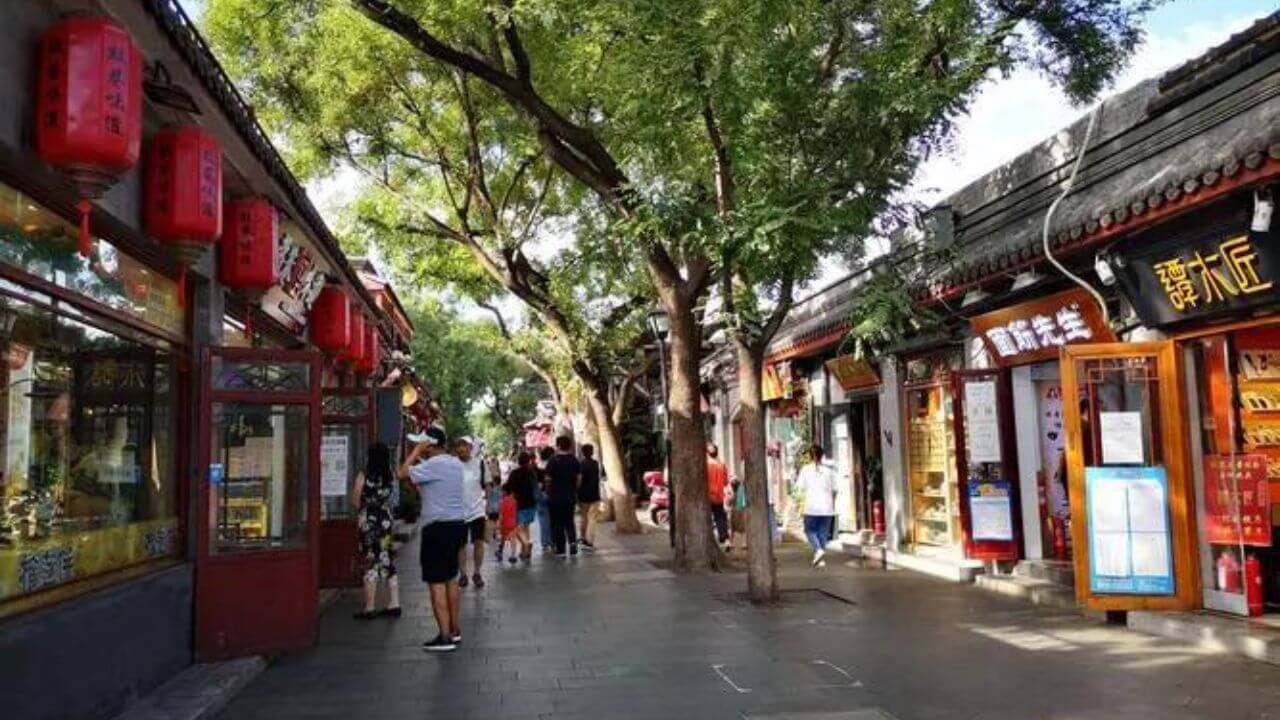
A Day in the Life of a Hutong
Morning Routines and Activities
The day in a Hutong begins early, with the gentle clatter of kitchenware and the aroma of breakfast wafting through the alleys. Residents often start their day with traditional exercises like Tai Chi or Qigong in the local parks, a practice that embodies the harmony of mind, body, and spirit. Breakfast is usually a quick, hearty affair with local favorites like steamed buns (baozi), soy milk, and fried dough sticks (youtiao). The alleys buzz with activity as vendors set up their stalls and the community begins another day, bound by routine yet always unique.
Afternoon Cultural Experiences
As the day progresses, the Hutongs shift to a slower, more contemplative pace. This is the perfect time for cultural exploration. Visit local artisans and witness the meticulous craft of traditional Chinese arts. Join in on a tea ceremony and learn about the intricacies of this ancient practice. Afternoons are also ideal for exploring the lesser-known alleys and hidden courtyards, each corner unfolding stories and architectural marvels that hark back to ancient times.
Evening Social and Dining Customs
Evenings in the Beijing Hutongs are vibrant and communal. As dusk falls, the aromas of dinner preparations fill the air. Dining is not just about food; it's a time for family and friends to gather and share their day. The local eateries become lively hubs, offering delicious street food and Beijing specialties like Zhajiangmian and Peking Duck. Post-dinner, the alleys come alive with residents taking leisurely strolls, playing cards, or engaging in animated conversations. This time of day epitomizes the Hutong spirit – a blend of tradition, community, and a zest for life.
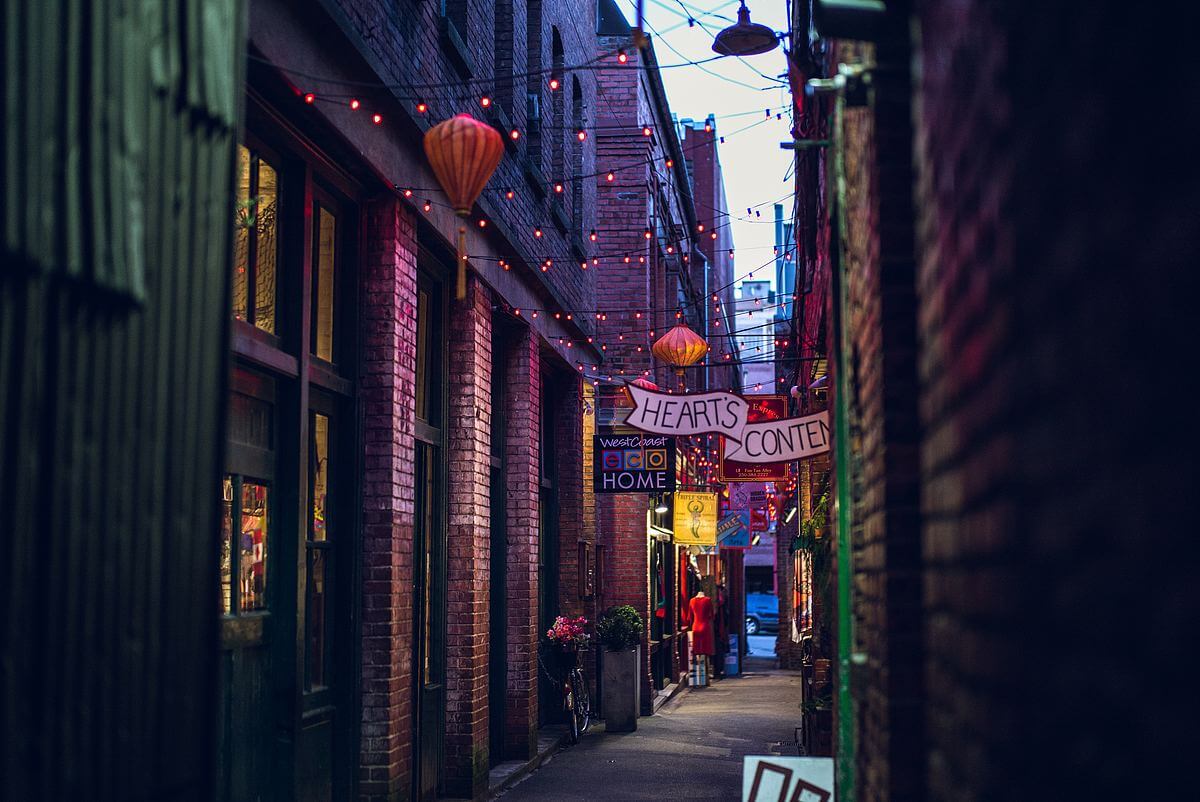
About your Beijing Hutong tours, WindhorseTour would recommend the East city of Hutong to see. East city Hutong (also called Dong Jiao Min Xiang 东交民巷), which is the longest in Beijing Hutong and is near Tiananmen Square. It has been there for hundreds of years, and as for now, you can find Western architecture in East City Hutong. Make a plan for a Hutong tour and please look at the Beijing-Pingyao-Xi'an Tour.
You also should experience the tricycle pass through the whole Hutong at the end of your Hutong tours. This is a great chance to learn more about Beijing Hutong culture and find more secrets about Hutong.



